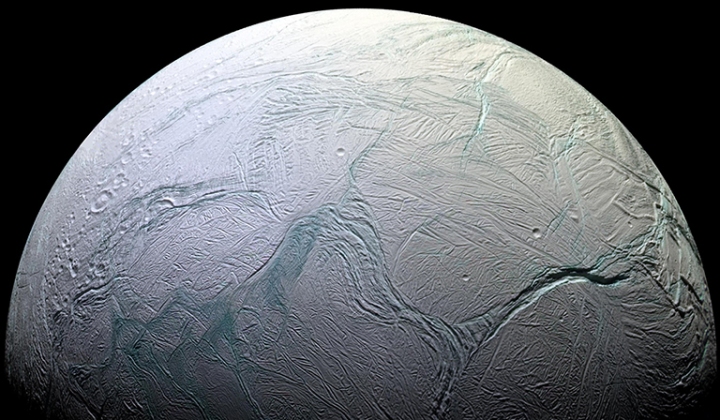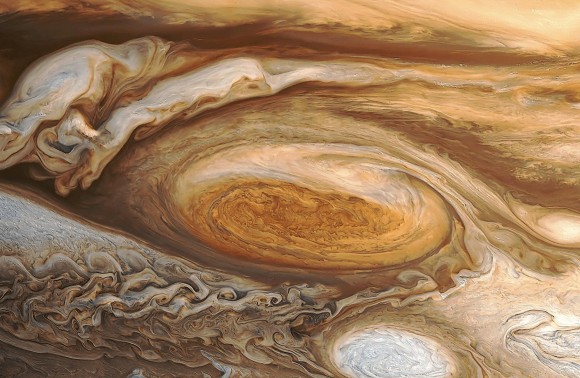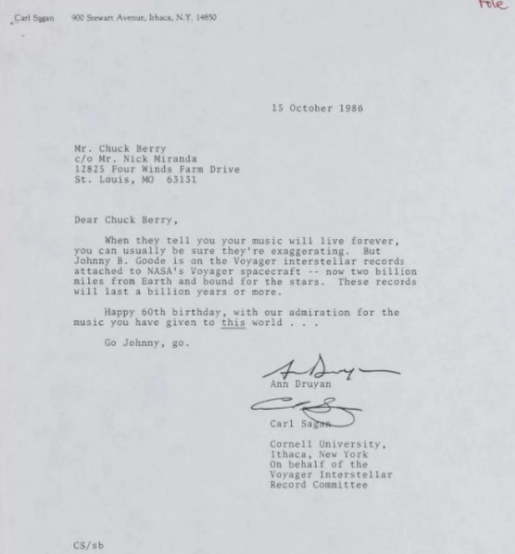Recently, a NASA reported suggested that one of Saturn’s moons, Enceladus, could be a world that may be conducive to supporting life (source). Enceladus, which is covered in ice and significantly farther from the Sun than the Earth is, may not seem like a world where one might suspect life to be able to develop. However, it is believed that conditions may exist on Enceladus that are similar to conditions that gave rise to early forms of life on Earth, namely in the form of a kind of extremophile called a methanogen.
Methanogens are microorganisms that are believed to have developed in hydrothermal vents on the ocean floor, and are thought to be the earliest kind of life on Earth. They do not need Oxygen, and create methane by consuming Hydrogen and Carbon Dioxide (source). The Cassini mission has found that the conditions on Enceladus, which has a heated core and a subsurface ocean, are likely sufficient to support this kind of life.
To me, it is extraordinary that conditions on a distant, icy Saturnian moon may be, at least in some ways, analogous to some conditions on Earth (specifically with regard to hydrothermal vents and the subsequent development of methanogens). With the incredible amount of biodiversity on Earth, I would not be surprised if we continue to discover different kinds of extremophiles that may be able to survive in very disparate kinds of climates observed throughout the Solar System.



You must be logged in to post a comment.